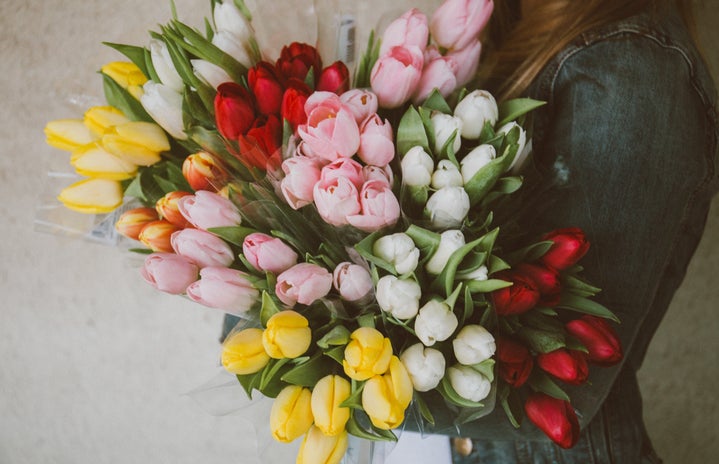You’ll be hard-pressed finding something that Finland treasures more than the Moomins, a merry family of trolls who, in their simple design and endless charm, have captured the hearts of children and adults alike for many years. In turn, Tove Jansson, the creator of these lovable creatures, has earned her place among the most well-loved children’s authors in the world. More than that, however, Jansson was a remarkable woman in her own right, and so in this article I’d like to give you, the reader, a glimpse into the life of the spiritual mother of the Moomins – and how she is a woman we all ought to look up to.
Tove Jansson was born in 1914 in Helsinki as the eldest daughter of artist Signe Hammarsten-Jansson and sculptor Viktor Jansson. Growing up in an artistic household, Tove soon followed in her parents’ footsteps as an artist, and as a sixteen-year old she travelled to Stockholm to study at Konstfack. There, living with her uncle Einar, she first came across her future with the Moomins as her uncle told her that “if she went rummaging through the pantry too much at night, Moomintroll would come and breathe coldly down her neck”. The familiar look of Finland’s favourite trolls stems from around the same time; as Tove Jansson began drawing for Swedish-Finnish satire magazine Garm, the white, hippo-like creatures found their way into her signature logo. In 1945, she published the first Moomin book, Småtrollen och den stora översvämningen (The Moomins and the Great Flood). She wrote her last Moomin book Sent i November (Moominvalley in November) in 1971, and passed away in 2001 at the age of 86.
“She never called herself a feminist but was obviously one in the way she lived her life and the choices she made,” her niece Sophia Jansson once said. Even though she grew up in Finland, a nation historically at the forefront of women’s rights, she lived in a time when there still existed many assumptions about how a woman should live her life and how she ought to behave – and rather than spending her life confined to the home and child-rearing, Tove lived her life fiercely challenging the expectations held of women at the time. She became an artist, published satirical illustrations mocking Adolf Hitler and fascism, refused to marry and have children, and openly loved women in a time where homosexuality was still illegal.
Tove Jansson’s strong and independent spirit is reflected in her work, too – from the defiant and independent Little My to the caring and wise Moominmamma, the world of the Moomins is filled with women who are admirable in their own right, and whom are all based off of real women in Tove’s life, no less. In an interview later in her life, Tove admitted that in Moominmamma – who, at first sight, may not seem like the archetypical strong female character – she attempted to evoke an image of her mother; a gentle yet strong woman who deeply loved and understood her children. The knowledgeable and crafty Tooticky in turn was based off of Tove’s long-term partner Tuulikki Pietilä, a graphic artist and professor. The diverse personalities of the different female characters in the Moomins delivers a strong message to all children, and particularly young girls – “there is no right or wrong way to be a woman: you are good as you are”.
This message, reflected in Tove Jansson’s work as well as her life, is a message that every woman, at any age, needs to hear; and for that, we thank this remarkable woman and the legacy she left behind.



